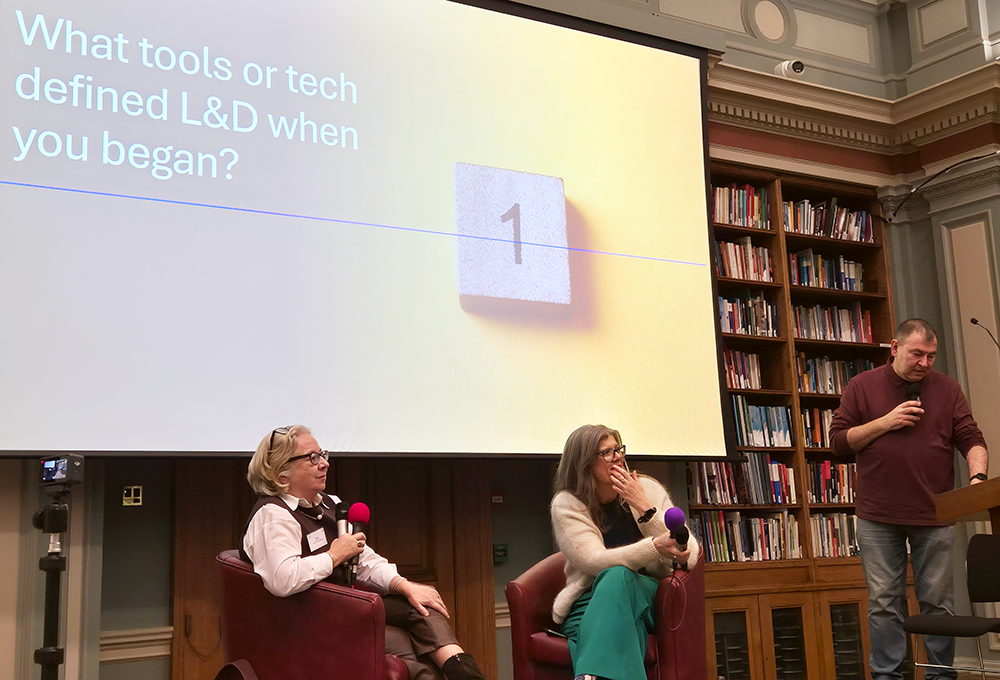Piers Lea’s step-by-step guide to proactive reskilling.
Reading time: 3 minutes
Despite CEOs and boards often referring to their personnel as their most important asset, we rarely see impactful action in concert with this claim.
To address unprecedented workforce upheaval, CEOs are now being forced into action, with reskilling their most powerful tool. In 2020, the impetus for reskilling will be catalysed by five seismic forces impacting the global workforce.
First, the increasing complexities in business operations and work, typified by jargon and resulting in decreased connectivity and mobility between teams and industries.
Second, the pace of change, with Gartner reporting that by 2022 nearly 80% of organisational skills will need to be reprioritised or revisited because of digital transformation.
Third, unprecedented demographic shifts, shrinking talent pools and bleeding tacit knowledge out of organisations.
Fourth, an increasing need for sustainable productivity to create competitive advantage.
And fifth, our changing employee expectations around work and the workplace.
If you trace the impact of these five forces, the urgent need for large organisations to reskill their workforce is immediately apparent.
Learning new skills is a uniquely powerful way to connect employees to the organisation, to their work, and to one another – mentor to mentee, manager to team, peer to peer.
Through these connections, reskilling fosters trust and confidence. It inspires. It empowers. It meets people where they are and carries them – and their organisations – into the future.
The urgent need for large organisations to reskill their workforce is immediately apparent
But the extent and particulars of these five seismic forces vary for any given sector and enterprise. There is no one-size-fits-all approach to reskilling. Rather, organisations must factor in business needs, regulatory environment and workplace culture.
What steps can organisations take towards proactive reskilling?
Grow the pool of talent
Put learning at the heart of your talent acquisition strategy, identifying those with different skills and life experiences and from more diverse groups. Foster new talent by building a learning relationship with job seekers before they apply via mentorships and education programmes.
Make employees feel welcomed, included, engaged and valued
Large organisations rely on technology to mediate the employee experience, and it’s crucial that the technology creates a more human experience, not a more mechanised one. While it may sound counterintuitive, achieving a human experience hinges on using data well.
Measure learning through productivity
Define the role of talent and learning in driving productivity and focus on areas where a competitive advantage can be built, setting clear KPIs that align teams and managers.
Grow and retain leaders while capturing tacit knowledge
Engineer the employee experience to identify the best talent and accelerate their leadership path. Then ensure knowledge is disseminated across teams through incentivising mentoring and through a culture of sharing best practice.
Mobilise the brainpower of your people
Engage employees in their own development and in providing growth for others by encouraging user-generated content and collaboration. Align your reskilling approach by communicating the changing nature of work to employees and by ensuring managers become the nexus of driving learning in their teams.
Weave reskilling into the flow of work
Even the most highly motivated employees can only absorb so much new information. To counterbalance this pressure, transition from “just in case” to “just in time” learning that uses data to deliver performance support to the employees and managers at their time of need.
Regardless of industry, the need for reskilling is urgent. And the only way to achieve it is by re-envisioning and uniting learning and talent on this common goal.
But make no mistake; reskilling doesn’t just unite two organisational functions. It transcends them.
It’s more than a new approach to learning and development. It’s more than another initiative for HR. It’s more than a new buzzword for strategic planning.
Reskilling is an entirely new approach to work itself.
Through reskilling, organisations can withstand the disruptive pressures mounting today. And by empowering their people, they can flourish in the face of whatever lies ahead.
About the author
Piers Lea is chief strategy officer of Learning Technologies Group. Download the full white paper, A Human Framework For Reskilling, here.



